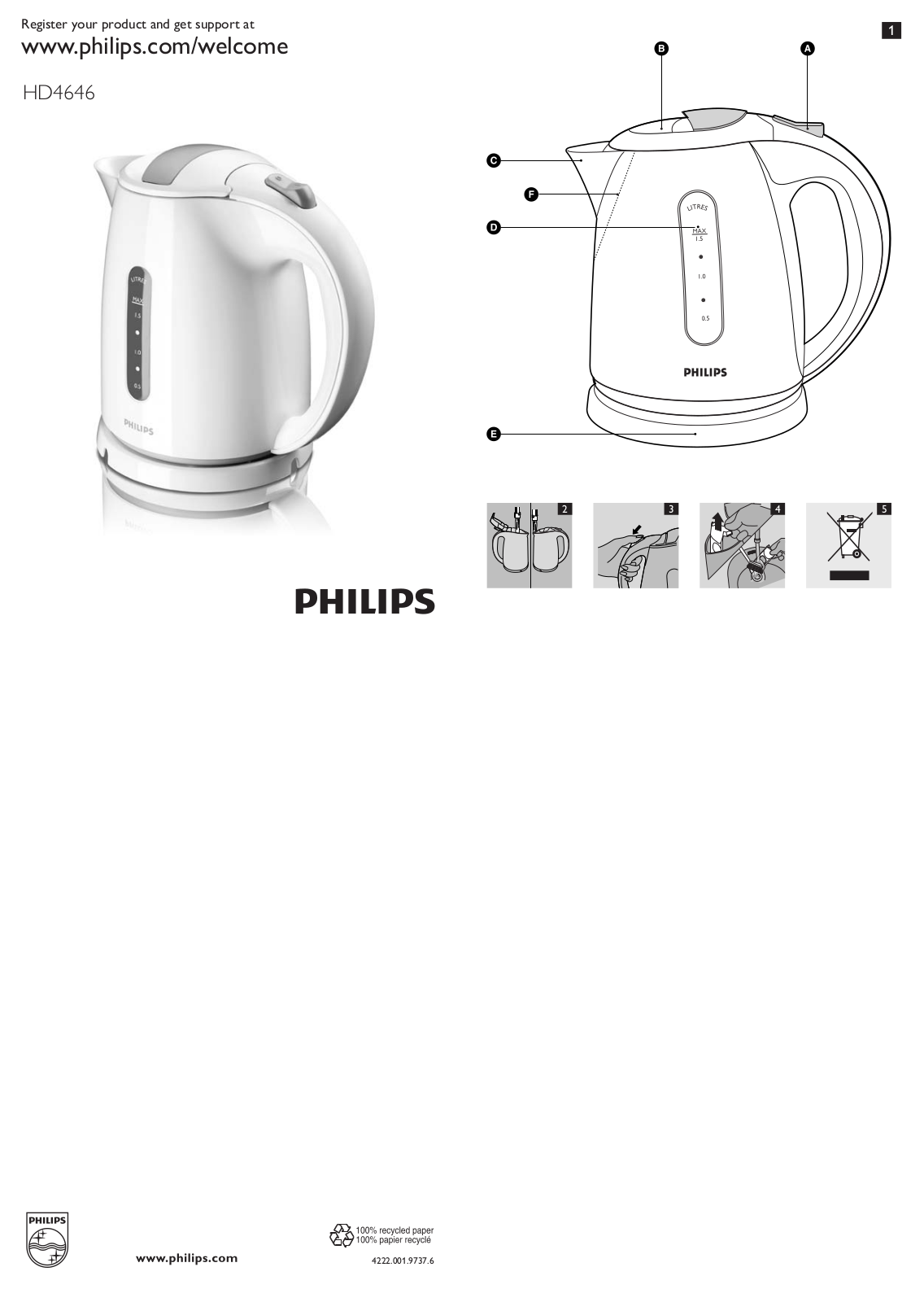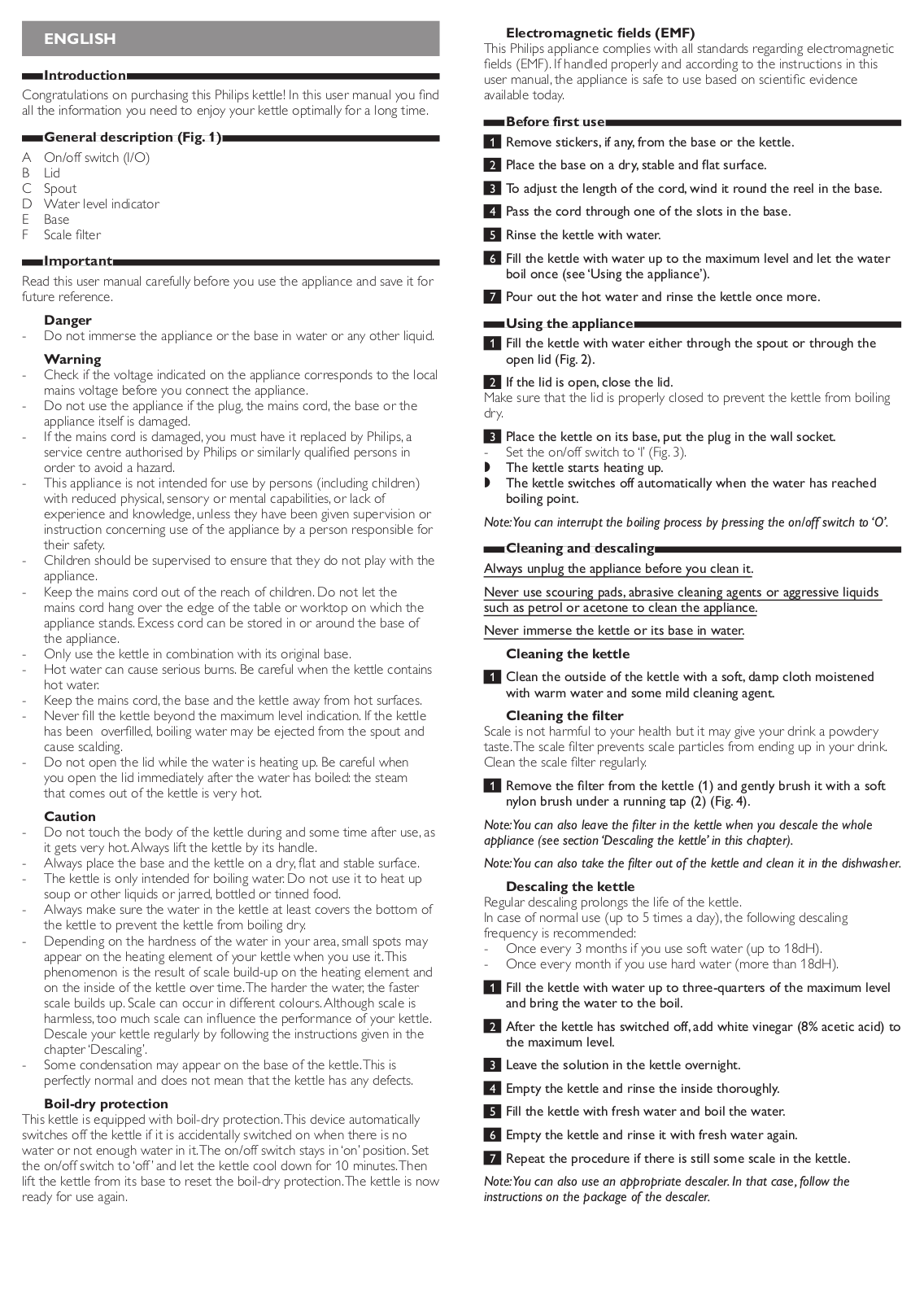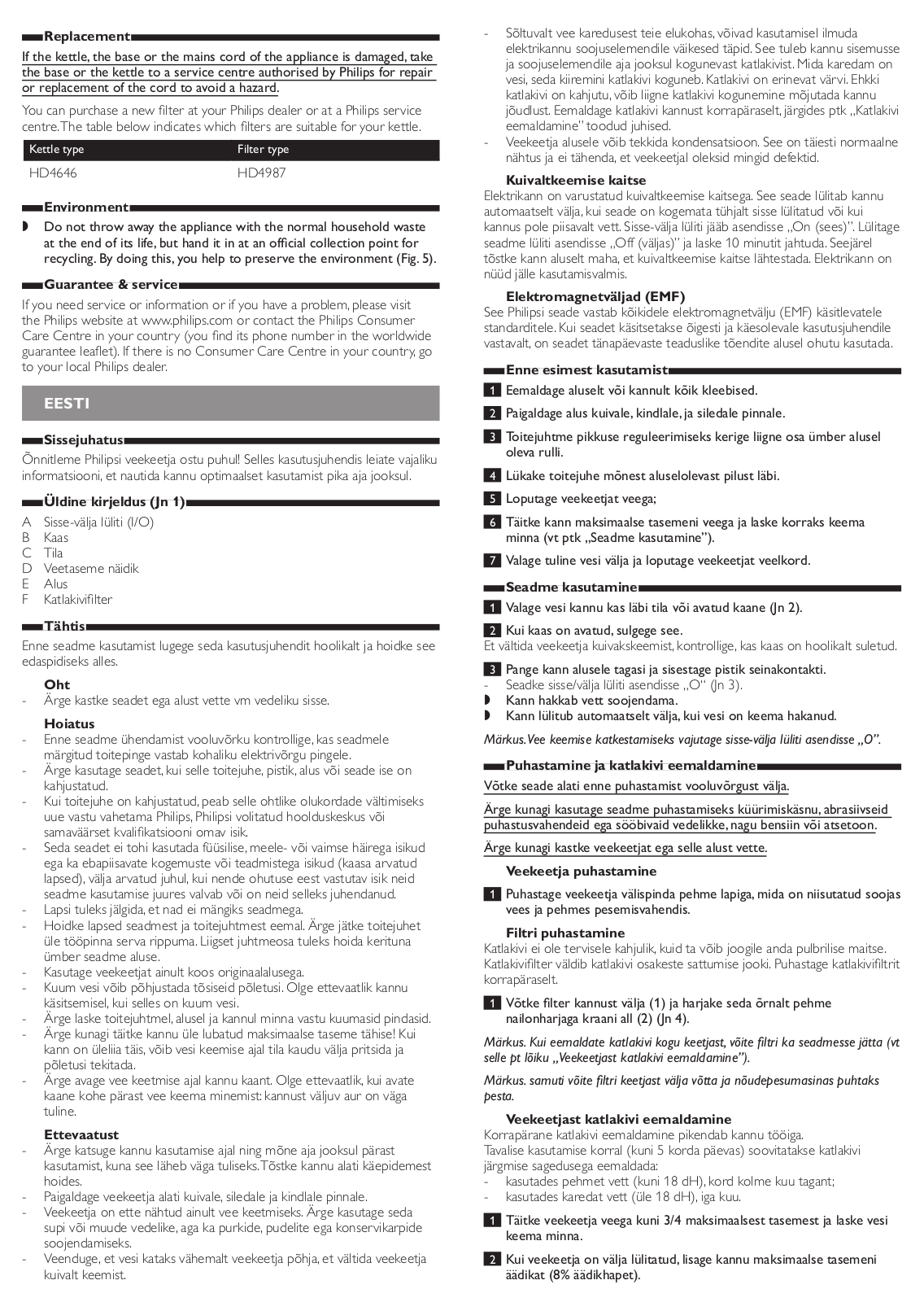 Loading...
Loading...H
- HD462812
- HD46281
- HD4628/107
- HD46285111
- HD46293
- HD4629/016
- HD4629/026
- HD4629/166
- HD4629/606
- HD4630/063
- HD4631/202
- HD463212
- HD4633/01
- HD4634/063
- HD4634/162
- HD4634/173
- HD4634/413
- HD4634/613
- HD4634/663
- HD4637/068
- HD4637/118
- HD4637/128
- HD4637/168
- HD46372
- HD4637/248
- HD4637/278
- HD4637/318
- HD4637/328
- HD4637/338
- HD4637/348
- HD46375
- HD4637/527
- HD4637/608
- HD4637/628
- HD4637PB
- HD463812
- HD4638/109
- HD4638/20
- HD4638/5010
- HD4640/202
- HD4640/302
- HD4640A
- HD46415
- HD46426
- HD4642107
- HD4642128
- HD4642/508
- HD4642/516
- HD46444
- HD464460
- HD464644
- HD4646-002
- HD4646-203
- HD4646/40
- HD4646-56
- HD4646-706
- HD4647/12
- HD4647-20
- HD4647/75
- HD46497
- HD4649/05
- HD4649/20
- HD4649/40
- HD4649/53
- HD4649/55
- HD46506
- HD4650/006
- HD4650018
- HD4650/024
- HD4650/314
- HD46504
- HD4650/406
- HD4650/524
- HD4650A
- HD4651/005
- HD4651/015
- HD46514
- HD4651/404
- HD4651/542
- HD4651A
- HD46526
- HD4652017
- HD46538
- HD4653/037
- HD4653/266
- HD46546
- HD4654/222
- HD4655/006
- HD46554
- HD4655A
- HD46562
- HD4656/22
- HD4656/623
- HD46577
- HD4657/028
- HD4657/268
- HD4657/417
- HD4658
- HD465912
- HD4659/018
 Loading...
Loading... Loading...
Loading...Nothing found
HD4646
User Guide
10 pgs1.6 Mb0
User Manual
3 pgs108.71 Kb0
User Manual
2 pgs405.76 Kb0
User Manual
8 pgs573.9 Kb0
User Manual
2 pgs437.43 Kb0
User Manual
2 pgs1.53 Mb0
User Manual
8 pgs5.64 Mb0
BROCHURE
2 pgs1.42 Mb0
BROCHURE
2 pgs318.93 Kb0
BROCHURE
2 pgs1.44 Mb0
BROCHURE
2 pgs1.43 Mb0
BROCHURE
2 pgs1.43 Mb0
BROCHURE
2 pgs321.46 Kb0
BROCHURE
2 pgs1.41 Mb0
BROCHURE
2 pgs322.32 Kb0
User Manual
2 pgs1.43 Mb0
User Manual
2 pgs594.4 Kb0
User Manual
2 pgs1.55 Mb0
User Manual
2 pgs1.49 Mb0
User Manual
2 pgs589.38 Kb0
User Manual
2 pgs1.43 Mb0
User Manual
2 pgs634.48 Kb0
User Manual
2 pgs787.3 Kb0
User Manual
8 pgs1.57 Mb0
User Manual
8 pgs457.25 Kb0
User Manual
8 pgs454.82 Kb0
User Manual
7 pgs401.62 Kb0
User Manual
6 pgs1.73 Mb0
User Manual
7 pgs404.74 Kb0
User Manual
2 pgs1.65 Mb0
BROCHURE [ar]
2 pgs322.7 Kb0
User Manual [ar]
8 pgs532.84 Kb0
User Manual [fr]
9 pgs326.29 Kb0
BROCHURE [hr]
2 pgs1.43 Mb0
User Manual [it]
4 pgs417.65 Kb0
BROCHURE [ko]
11 pgs1.74 Mb0
User guide [ml]
8 pgs384.34 Kb0
User guide [ml]
6 pgs2.2 Mb0
User Manual [nl]
12 pgs559.86 Kb0
BROCHURE [pl]
2 pgs1.57 Mb0
BROCHURE [pt]
2 pgs1.43 Mb0
User Manual [ro]
8 pgs325.67 Kb0
User Manual [ru]
11 pgs455.1 Kb0
User Manual [ru]
9 pgs351.35 Kb0
Table of contents
 Loading...
Loading...Specifications and Main Features
Frequently Asked Questions
User Manual



 Loading...
Loading...+ 5 hidden pages